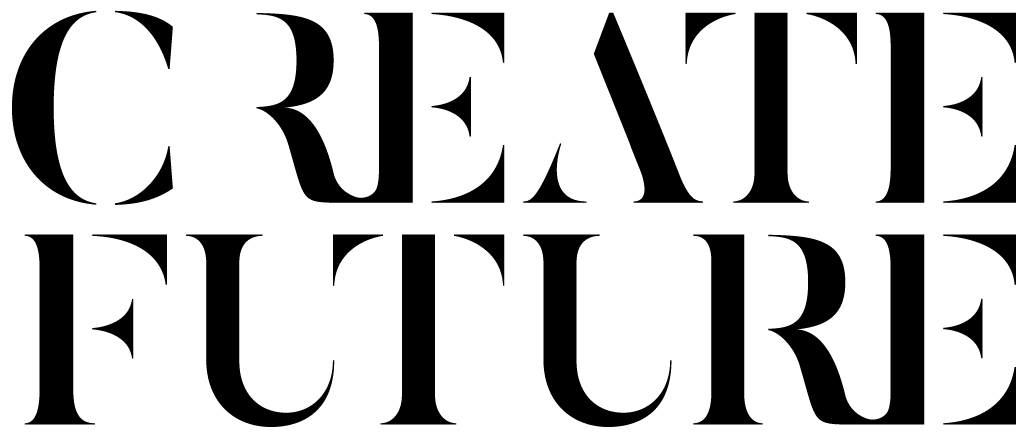Hacking the Google Ventures Sprint
Why hack the GV Sprint process?
The Google Ventures Sprint process is a great tool for solving complex problems using design thinking in 5 days. But does it work for coming up with creative ideas? The short answer is: yes! But there are a few ways that you can hack the process to get the most from it if you’re looking to generate inspiring, creative ideas. Whilst Sprints, and design thinking in general, are becoming commonplace in Product Development teams, it’s less widely adopted in Marketing departments.
At CreateFuture we’ve run the Sprint process many times with marketing and brand teams to come up with the core creative concept for a campaign, or to generate a bank of content ideas.
(I’m going to assume you know the GV Sprint process. If you don’t, you can watch this short intro video)
Without further ado, here are my tips:
Before you start
Get stakeholders bought in and lined up as they might not be used to this process. It can be daunting, especially if they are used to ‘outsourcing’ their creativity. Make sure everyone understands and is (reasonably) comfortable with the process you’re going to go through.
Day 1 - Mapping
Rather than pain points or broken journeys, use your Experience Mapping time to identify opportunities to engage that you may not already be making the most of. Rather than a linear journey, we sometimes instead work through either a Customer Experience or Loyalty loop instead.
Our Top Tip: Be creative about the experts you bring in. Yes, you need people who can critique and improve your journey map but you also want to bring people in to challenge, provoke thought and inspire.
Day 2 - Ideas
Use Lightning Demos to look at examples of where people have evoked the same emotional reaction that you want to and driven the same behaviour - I love this bit the most as you get to see so many cool examples. Tears have been known in some of these sessions!
You may end up with a LOT of ideas. Not all of them good. So remind everyone of the brief regularly at this stage - what questions are you trying to answer - and be strict about whether the ideas meet the criteria you’ve set. Creative ideas tend to be more subjective but you need to stay on point.
Our Top Tip: At this stage I suggest you PAUSE. Chances are you’ll have lots of valuable fragments of ideas and interesting concepts, but you’ll rarely have something that resembles the finished article. We often take a day out to look at how the ideas could hang together as part of a marketing or campaign strategy. The ideas may also need a bit more development, building on the core concept, to give you what you need.
Day 3 - Storyboarding
You have the core creative concept, so think about how to test it. With creative ideas (rather than a digital journey where you might want people to create a task) you can use AdCepts, landing pages or even just a couple of visuals to communicate the idea.
Our Top Tip: Define the beginning and end of your journey before you start. Filling in the first and last slide of your storyboard will help you to create a more concise and controlled storyboard.
Day 4 - Prototyping
Often marketing teams have really creative people in them, so use that talent - from copywriters, designers to planners. Go beyond the core sprint team and get them involved.
Our Top Tip: Prototyping is a busy day in a sprint, make sure everyone has a role and understands what they are responsible for, that way you can be sure everyone is pulling in the same direction.
Day 5 - Testing
Creative ideas are more subjective and often people will want to tell you they like it to keep you happy (which is less of a risk if you’re asking them to complete a task). Design your questions carefully - asking them if they like it isn’t going to cut it. Think about the emotions and behaviour you want to illicit in them.
Our Top Tip: Test your tech before you start. Whether your testing on-site or remotely make sure the tech works. Nothing will ruin the flow of a test like keynote not casting properly or your subject being unable to access your internal video conference system!
In the past we’ve known the initial concepting stage to take months. Bad ideas are held onto for too long. Good ideas are ignored because they don’t come from ‘the creatives’ and way too much time, cost and energy is invested in ideas before they’re ever tested with your audience. Sprints have helped us come up with tested, award winning, highly effective ideas in days and weeks, meaning we can take them forward into production with confidence.
Watch Jessica’s full GV Sprint hacking talk
Hopefully this article helps you make the most of your sprint if you’re using it to come up with creative ideas for a campaign or broader marketing activity.
If you have any questions, or hacks of your own, please don’t hesitate to get in touch.





